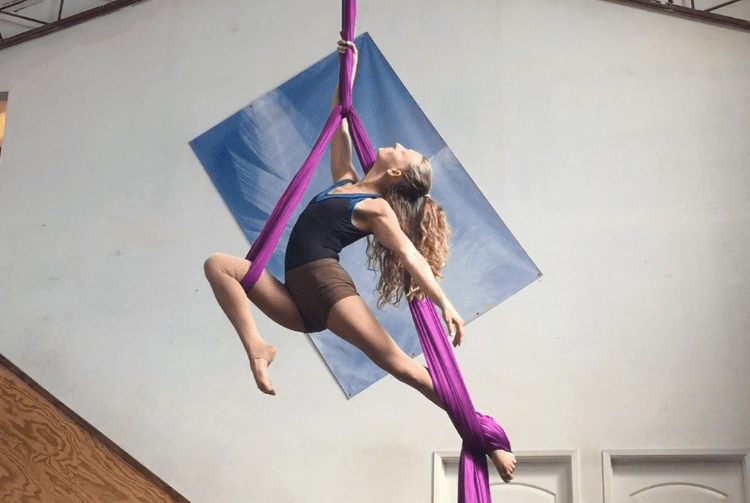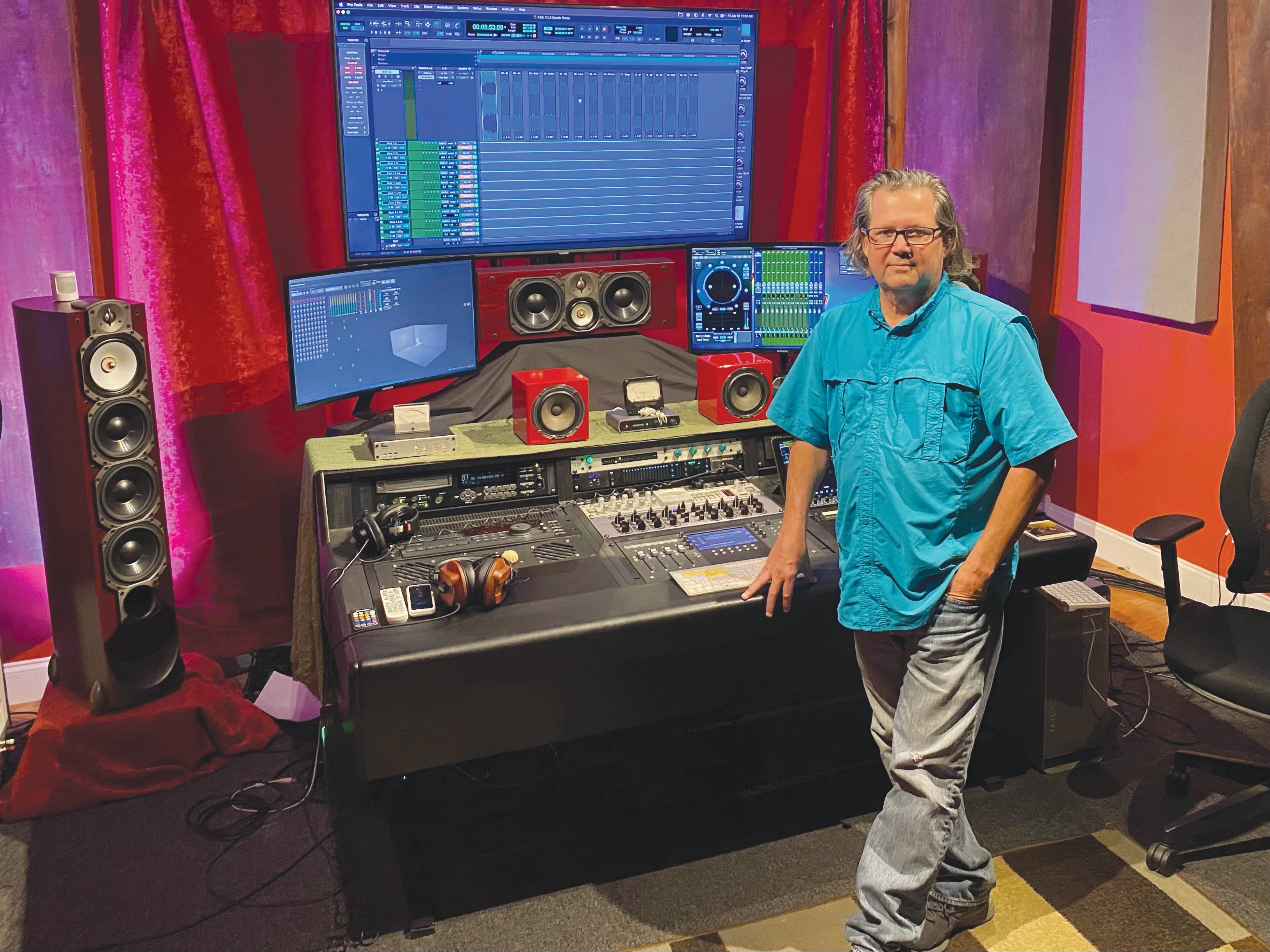Jared Spears: Artist in the Taylor Jungle
By Zoe Fitch
“Witchcraft is painting.” By this, I mean the act of creating a scene, object, world, or however you’d like to define an art piece is a powerful craft. When painting, an artist is connected to the past, present, and unseen. Each has its ingredients and process, though those ingredients are arguably determined by place, where you call home, and where you are most inspired. For artist Jared Spears, his place is Taylor, Mississippi.
The Southern Gothic aesthetic employs symbols from folklore, such as witchcraft, the spiritual realm, divination, and derelict settings. Witchcraft or social rituals have been used throughout history in the American South as a coping mechanism for precarious situations such as with poor and/or marginalized groups. However, witchcraft in art also alludes to creating a dimension that contains a partial reality and is partially unique to its creator’s vision.
Jared Spears was born in the Mississippi Delta, in Cleveland, MS, and later relocated north to Senatobia, MS, and eventually to Oxford, then Taylor (about twenty minutes away). Spears recalls one day on the University of Mississippi (Ole Miss) campus when he stumbled into Fulton Chapel, where the Theater Department was located. He was there to ask about the possibility of attending graduate school but didn’t know until he found himself walking through those doors. He later attended the same graduate school and received his Master of Fine Arts degree in theater and design at the University of Mississippi, where he currently teaches. He teaches his students art as a practice focusing on principles, practices in the medium, and conceptual aspects.
Spears honed in on his craft by looking at the landscape, his remembrances of the Southeast region, and the various chapters of his life. He says he was “always an artist” when asked how he became a fine artist, understandably. Who knows what they are unless they have been it all their life? Though he used his creativity growing up by practicing various disciplines, sculpture came first. Spears began his artistic career using limestone to sculpt headstones, a necessary and unique job in its own right. He also used his sculptural talent to make figurative forms in stone (fig. 2).
The push and pull between humanity and the landscape inspires Spears’s work. He describes this relationship as living with and against each other. The movement of water in the landscape inspires his artwork primarily, and understanding this natural force’s power is important to the process. Spears says, “We are adrift and at mercy to the water around here” when referring to the environment of the South. Environmental justice and the destruction of the land are a throughline in Spears’s work. He aims to hold a mirror to modern society in his personal practice and includes himself in the conversation regarding man v land.
The South is a jungle, and Jared Spears finds his creativity thrives there. He says, “I only know what I see around me” when referring to what he paints and the jungle-ess landscape of Taylor, MS, where he currently lives. The distinct change of seasons in the American Southeast inspires Spears’s work and provides a welcomed change in the artist’s palette. The lighting has a mysterious and vague quality that never really fades during these shifts. His palette mimics this idea with its murky hues and his conspicuous marks. The scenes offer a sense of presence and absence all at once. “Presence” refers to the ability to see and let in inspiration clearly but also interpret what is not there. The “absence” is just as important as it holds history and spiritual connection between beings.
A constant in his work is his connection to place, reflecting on what he sees and experiences in his environment and the overall relationship between man and land. This relationship is not always a harmonious one. Sometimes, finding the balance in nature is witchcraft on its own. Taylor, a small town in North Mississippi with an old history, envelopes Spears’s view and inspires his artistic visions today. His landscapes depicting bodies of water he is surrounded by, and the wispy trees that frame the scene prove this most vividly. The visions become paintings just as the landscape is personified with dramatic emotion that captivates the eye.
Spears is a co-recipient of the Mississippi Governor’s Award For Excellence in the Arts and received an award from The Mississippi Institute of Arts and Letters for The Passions of Walter Anderson: A Dramatic Celebration of the Mississippi Gulf Coast Artist. Also, a documentary featuring Spears’s stone carving techniques is part of the Rinzler Archives of the Smithsonian Institution’s Center for Cultural Heritage. While he welcomes commissions, he is also represented by Southside Gallery in Oxford, MS, and holds an ongoing residency at Grit in Taylor, MS.
Spears holds a mirror to society and its relationship to the earth with his paintings of the South and its water-filled landscapes. There is a felt balance of presence and absence when viewing his artwork. As a Mississippi native, Jared Spears has learned from his relationship with place. He continues to make work that reflects his ever-longing question about the relationship between man and land. In some ways, Spears is a foreman for place; in some ways, he wades in the water and is guided by the jungle of Mississippi.








